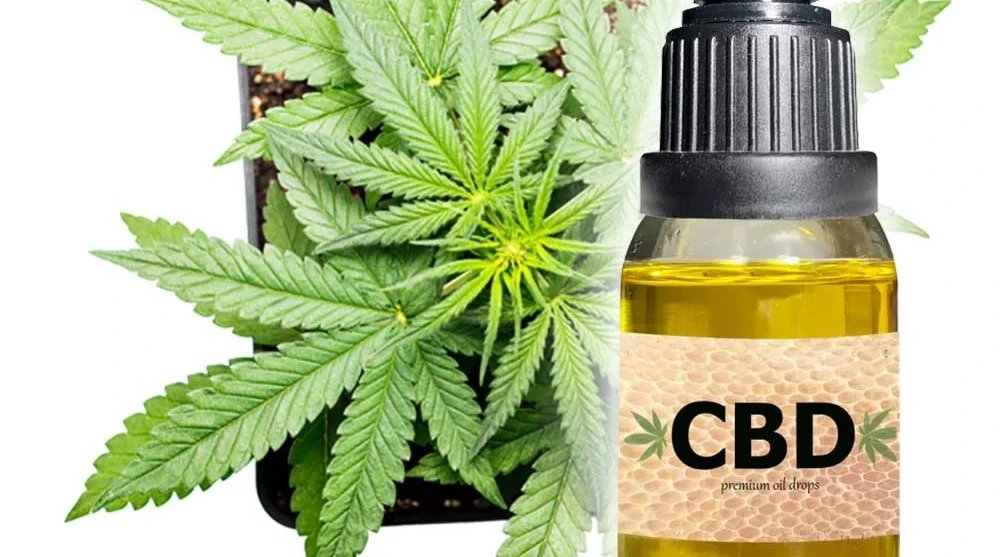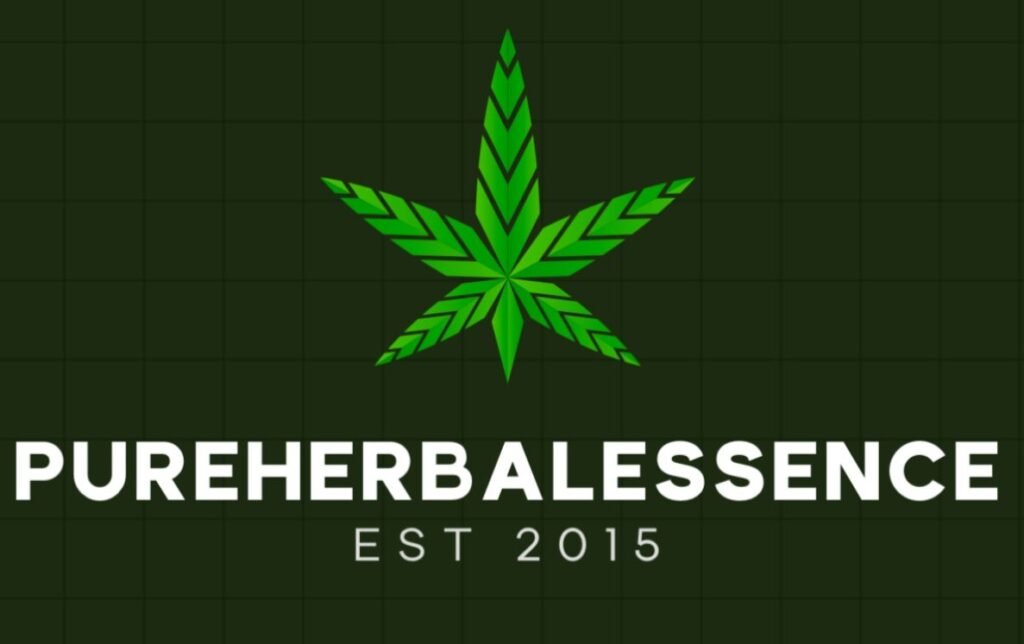Uncategorized
Cannabis Rituals: Cultural Perspectives and Practices
Cannabis has been intertwined with human culture for millennia, serving as a sacrament, medicine, and social lubricant across civilizations. Today, as legalization spreads, there is a renewed interest in understanding cannabis in cultural rituals—not just as a recreational substance, but as a plant with deep spiritual and communal significance. This exploration delves into ancient and contemporary cultural cannabis traditions, examines the role of spirituality and marijuana, and highlights diverse cannabis use in ceremonies from indigenous practices to modern adaptations. By studying cannabis rituals around the world, we gain insight into how societies have revered, ritualized, and integrated this plant into their cultural fabric.
The Ancient Roots of Cannabis Rituals
The history of cannabis in cultural rituals dates back thousands of years, with archaeological and textual evidence revealing its sacred role in early civilizations. In ancient India, cannabis was celebrated as one of the five sacred plants in the Vedas, referred to as bhang and used in offerings to Shiva, the god of destruction and transformation. Hindu devotees consumed it during festivals like Holi and Maha Shivaratri, believing it facilitated divine connection and heightened meditation.
Similarly, in China, cannabis was documented in the Pen Ts’ao Ching, a medical text attributed to Emperor Shen Nung (2700 BCE), where it was prescribed for pain relief and ritualistic purposes. Taoist alchemists burned hemp flowers as incense during ceremonies to induce trance states and commune with spirits. Meanwhile, the Scythians, nomadic warriors of Central Asia, used cannabis in funeral rites, as described by Herodotus. They would place hemp seeds on hot stones inside tents, creating an intoxicating vapor to honor the deceased—a practice considered one of the earliest forms of cannabis vaporization.
These cultural cannabis traditions highlight a universal theme: cannabis was not merely consumed but ritualized, embedded in rites of passage, healing, and transcendence.
Indigenous Cannabis Traditions: A Living Legacy
Many indigenous cultures maintain cannabis use in ceremonies as part of their spiritual and medicinal heritage. In Jamaica, the Rastafari movement regards cannabis (or ganja) as a sacred herb, citing biblical passages like Genesis 1:29 (“I give you every seed-bearing plant on the face of the whole earth”) to justify its sacramental use. During reasoning sessions, Rastafarians pass a chalice pipe in communal meditation, using cannabis to facilitate discussion, prayer, and unity.
In Africa, the Dagga cults of South Africa and the traditional healers of Malawi have long incorporated cannabis into initiation rites and healing ceremonies. The plant is seen as a bridge between the physical and spiritual worlds, aiding divination and ancestral communication. Similarly, in the Himalayas, sadhus (Hindu ascetics) consume charas (hand-rolled hashish) as part of their spiritual discipline, believing it enhances their detachment from material desires and deepens their yogic practices.
These cannabis rituals around the world demonstrate how the plant has been revered as a tool for enlightenment, community bonding, and healing—far removed from the stigmatized view of modern prohibition.
Spirituality and Marijuana in Modern Practices
As cannabis re-enters mainstream acceptance, contemporary seekers are reviving and reimagining cannabis in cultural rituals. Psychedelic-assisted therapy circles now incorporate cannabis alongside substances like psilocybin, using curated strains to ease participants into introspective journeys. Guided cannabis meditation sessions, where users consume specific terpene-rich strains (like limonene for focus or myrcene for relaxation), are gaining popularity in wellness retreats.
Some modern practitioners blend ancient traditions with new-age spirituality. Cannabis-infused cacao ceremonies, for example, combine the heart-opening properties of chocolate with the introspective qualities of THC, creating a ritual for emotional release and connection. Others have introduced “high yoga,” where mild cannabis consumption before practice enhances mindfulness and body awareness.
Even non-religious gatherings are adopting ritualistic elements. Cannabis sommeliers now lead curated tasting sessions, teaching participants to engage all senses—observing trichomes, inhaling terpenes, and savoring flavors—as a form of mindful consumption. These practices reflect a growing desire to elevate cannabis beyond casual use into a meaningful, intentional experience.
Cannabis Use in Ceremonies: From Weddings to Funerals
Across cultures, cannabis use in ceremonies marks life’s most significant moments. In some progressive Western weddings, couples include a “unity bowl” ritual, where they grind and roll a joint together before sharing it with guests—symbolizing partnership and communal celebration. Conversely, in Hindu death rituals, families may offer bhang to the deceased’s spirit as part of the shraddha ceremony, believing it eases the soul’s transition.
In Jamaica, nyabinghi drumming ceremonies incorporate cannabis to induce trance states and foster collective rhythm. In Morocco, hashish is traditionally served with mint tea during social gatherings, reinforcing bonds among friends and family. These examples illustrate how cultural cannabis traditions adapt to both joyous and solemn occasions, providing a thread of continuity through life’s transitions.
The Science Behind Ritualized Cannabis Use
Why does spirituality and marijuana pair so seamlessly across cultures? Neuroscience offers clues. THC and CBD interact with the endocannabinoid system, which regulates mood, memory, and perception—key components of spiritual experience. Low to moderate doses can:
- Enhance sensory perception, making rituals more vivid
- Promote introspection, aiding meditation and self-inquiry
- Strengthen social bonding by increasing oxytocin release
Terpenes further shape these experiences. Beta-caryophyllene, found in black pepper and many cannabis strains, reduces anxiety by activating CB2 receptors, while pinene may improve focus during prayer or chanting. This biochemical synergy explains why cannabis rituals around the world so often emphasize set (mindset) and setting (environment)—factors that maximize therapeutic and spiritual outcomes.
Preserving and Honoring Indigenous Cannabis Traditions
As cannabis commercialization grows, concerns arise about cultural appropriation. Many indigenous cannabis traditions risk being commodified without acknowledgment or reciprocity. Ethical engagement requires:
- Educating oneself on the origins of practices like the Rastafari chalice ritual
- Supporting indigenous growers and activists advocating for land rights
- Avoiding stereotypes that reduce sacred traditions to marketing gimmicks
Organizations like the Indigenous Cannabis Coalition work to protect these legacies while ensuring communities benefit from legalization.
Creating Personal Cannabis Rituals
For those inspired to explore cannabis in cultural rituals, consider these mindful approaches:
Morning Intention Setting
Pair a high-CBD strain with journaling or sun salutations to clarify daily goals.
Full Moon Releases
Use an indica-dominant strain during moonlit meditation to let go of stagnant energy.
Gratitude Sessions
Before meals, take one mindful puff while reflecting on abundance—a modern twist on grace.
These personal practices honor the plant’s history while adapting it to contemporary needs.
The Future of Cannabis Rituals
As legalization spreads, expect to see:
- Cannabis clergy officiating legal ceremonies
- Terpene-specific ritual guides for tailored experiences
- Virtual reality ceremonies connecting global participants
- Ecological rituals honoring cannabis as an agricultural ally
These innovations will carry ancient wisdom forward while meeting modern seekers where they are.
FAQ: Cannabis Rituals Unveiled
1. Is cannabis use in religion legal worldwide?
Few countries explicitly protect sacramental use. The U.S. Supreme Court has ruled against the Rastafari claim, though some jurisdictions make exceptions.
2. How do I avoid cultural appropriation when creating rituals?
Research traditions deeply, credit sources, and focus on universal elements (gratitude, connection) rather than copying closed practices.
3. What’s the best strain for spiritual work?
Landrace strains (original cultivars like Durban Poison or Hindu Kush) closest to traditional use are often preferred.
4. Can cannabis replace meditation or prayer?
It’s best used as a complement—enhancing focus or relaxation—rather than a substitute for disciplined practice.
Conclusion: Reconnecting with Cannabis’ Sacred Roots
Exploring cannabis rituals around the world reveals a truth often lost in modern commerce: this plant is not merely a commodity, but a cultural touchstone. From the sadhu’s charas-filled chillum to the Rastafari reasoning session, from contemporary psychedelic circles to personal mindfulness practices, cannabis in cultural rituals continues to evolve while honoring its sacred past.
As we move forward, may we approach cannabis with the reverence our ancestors did—not just as consumers, but as participants in an ancient, living tradition.

